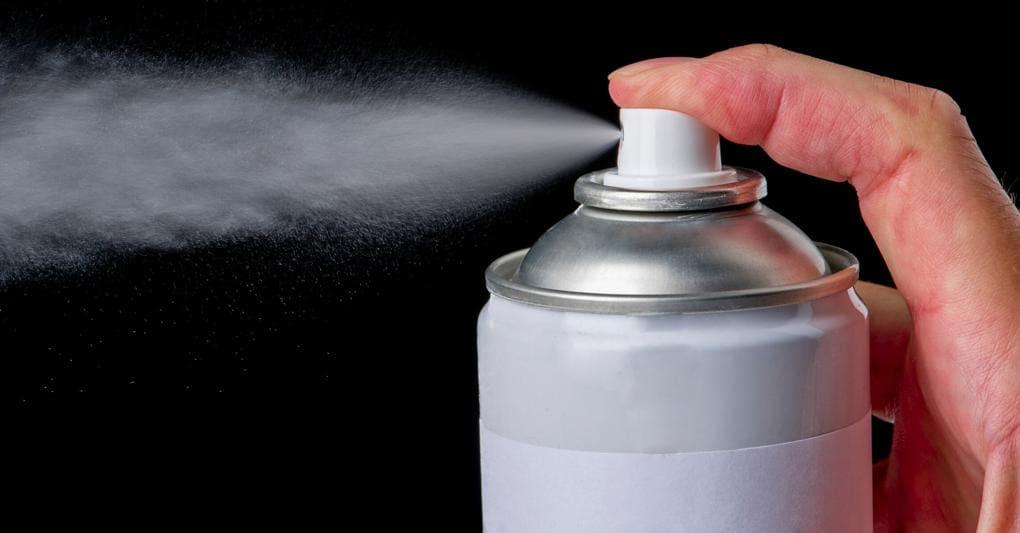A Brief History of the Aerosol Can
The modern aerosol can has come a long way since it was first invented in the early 20th century. This convenient packaging system that allows various products to be sprayed with just a push of a button has revolutionized numerous industries.
Origins in Norway
The concept of packaging pressurized liquids and gasses can be traced back to the experiments of Norwegian scientist Erik Rotheim in the late 1920s. Rotheim was looking for ways to extend the shelf life of whipped cream and came up with the novel idea of using compressed propellants like butane and propane to eject cream from a sealed container. While his invention worked, it never gained commercial success. The true origins of the aerosol can lie elsewhere.
Invention of the Aerosol Valve
In the late 1930s, American engineer Lyle Goodhue was experimenting with household insecticides and came up with the pivotal idea of integrating a metering valve and actuator button into an aerosol container. This allowed the contents to be accurately sprayed with just a simple press. In 1941, Goodhue filed for a patent on his "manually actuated pressurized dispensing device" - the first true aerosol valve. This key invention paved the way for mass production of aerosol products.
Commercialization After World War 2
During World War 2, American scientists experimented with propellants and spraying techniques for various military purposes like spraying insect repellent on troops. This research helped advance aerosol technology. After the war ended in 1945, companies recognized the commercial potential of aerosol packages for domestic and consumer goods. The first widely popular aerosol product was "Zoom" room spray launched in 1948 by the American company Clorox. This proved there was mass demand for easy-to-use sprayable household items.
Rise of the Cosmetic Industry
In the 1950s, Aerosol Cans truly took off when cosmetic companies like Revlon realized they could use the packaging for hair sprays and other beauty products. Spray-on beauty products were a hit with consumers for their innovative convenience compared to jarred creams or liquids. Roll-On deodorant also gained popularity in stick form with an aerosol propellant. Over the following decades, almost every personal care brand developed an aerosol line of cosmetics, perfumes and more. Today, the cosmetic industry remains a key user of pressurized containers.
Regulation of CFC Propellants
In the 1960s, chlorofluorocarbons or CFCs became the propellant of choice for aerosols due to their safety and effectiveness. However, scientific research in the 1970s revealed that CFCs were damaging the Earth's ozone layer. This led to an international agreement in 1987 to phase out CFC usage under the Montreal Protocol. New safer propellants like hydrocarbons and compressed gases had to be developed as alternatives. This transition posed technical challenges to aerosol manufacturers but also helped make their products more environmentally friendly.
Modern Advancements and 3D Printing
In recent decades, aerosol technology has continued advancing while meeting changing regulations. Multi-component formulas can now be stored separately and mixed right before spraying for maximum shelf life. More targeted spray patterns and diffusers improve application. Non-CFC propellants were optimized. Now, aerosol expertise also contributes to exciting new areas. For example, certain 3D printing techniques use aerosolized materials to build complex structures layer-by-layer. Continued innovation ensures aerosols remain an important packing option.
Wide Usage Across Industries Today
Today, aerosol cans have countless applications across many industries from household cleaning supplies to automotive care, pest control products, personal healthcare, arts & crafts and more. Their spray-on convenience is valued by consumers and professionals. Some emerging uses include disinfectant sprays during the COVID-19 pandemic. Looking ahead, as sustainability concerns grow, compostable packaging and propellants may see wider adoption. Overall, the aerosol container has revolutionized product delivery with its simple spray action and will likely remain popular for the foreseeable future.
To summarize, the standardized aerosol can familiar to us all trace their origins to inventors experimenting with pressurized packaging concepts in the early 20th century. It took innovation in valve technology, propellants, manufacturing techniques and more for aerosols to become mainstream. Now, they remain preferred for various spray applications thanks to ongoing product improvements balancing performance, regulations and environmental impact. Their multifaceted history makes aerosol cans a model of incremental invention leading to widespread adoption of a revolutionary packaging solution.
Get More Insights On This Topic: https://www.trendingwebwire.com/aerosol-cans-convenient-yet-controversial-spray-technology/
Explore More Article: https://captionssky.com/pistachio-the-wonder-nut-for-strong-global-growth/
